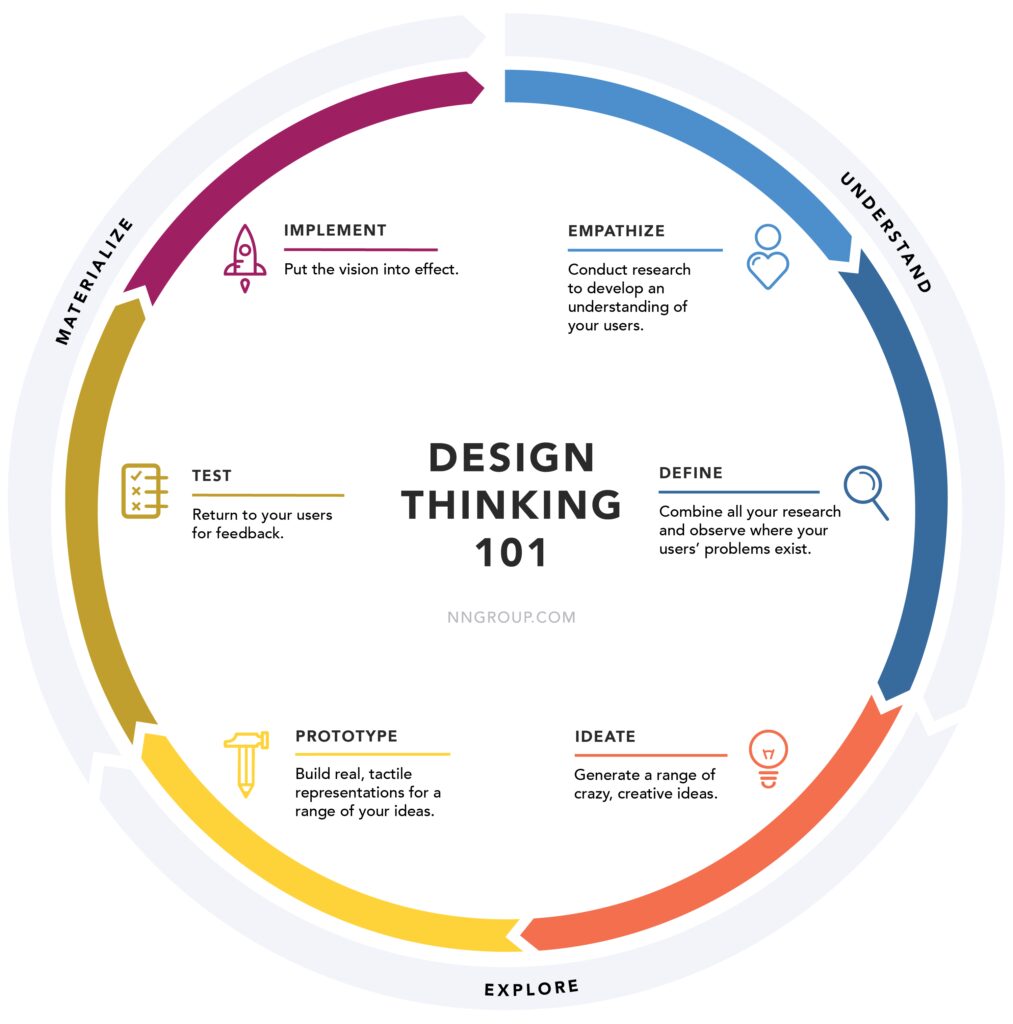User Interface (UI) design is essential for creating a successful game. It determines how the user will interact with the game and how easy it is to navigate its features. Understanding UI principles is crucial while designing a game. UI design includes creating a set of features, visuals, and interactions that users can interact with, such as menus, maps, and scoreboards. Consistency, simplicity, providing feedback, color, visuals, and accessibility are critical principles that designers must keep in mind while creating a UI design. Proper utilization of UI principles can lead to an accessible, intuitive, and visually stunning game.
Introduction
When it comes to developing a successful game, User Interface (UI) design is crucial. It is the part of the game development process that determines how the user will interact with the game, how easy it is to navigate its various features, and how visually appealing it is. Therefore, it is essential to have a proper understanding of User Interface principles while designing a game. In this article, we will discuss the basics of User Interface and how it can be applied to game design.
What is User Interface in Game Design?
User Interface (UI) is a set of features, visuals, and interactions that allow end-users to interact with the game. UI Design plays a vital role in creating a game that is intuitive and engaging for players. UI includes all the components that help users interact with the game, such as buttons, menus, scoreboards, maps, and much more.
Understanding User Interface Principles
Game UI Design should always aim to make the user experience as smooth as possible. A well-designed UI should be easy to navigate, visually appealing, and provide a clear understanding of the game’s functionality. Here are some crucial principles of User Interface that must be considered when designing a game:
Consistency
Consistency is essential when designing game UI. Each screen or menu item should have a uniform look and feel, and the navigation must remain consistent throughout the game. This helps users develop familiarity with the game, making it easier for them to navigate it effortlessly.
Simplicity
Game UI should be as simple as possible. Overcrowding the interface with too many elements or information can overwhelm the user, leading to disinterest or confusion. Keeping it simple and straightforward allows users to focus on playing the game and enjoying the experience. Simplicity also makes it easy for users to learn how to play the game and progress within it.
Provide Feedback
A well-designed UI provides feedback to the user at every stage of the game. It is vital to inform the user about their progress, scores, and achievements. Feedback enhances the user experience, giving them a sense of accomplishment when they complete a task, find items, or score points.
Color and Visuals
Using the right color palette and visuals is essential for creating a visually appealing UI. Colors should be carefully chosen to create a coherent and visually stunning UI that matches the theme of the game. The user’s focus must always be on the game, not the UI elements, so it is crucial not to use too many eye-catching visuals that distract users from the game’s objective.
Accessibility
Game UI must be designed with accessibility in mind. Users can have different visual, auditory, or mobility impairments that make it difficult for them to engage with the game. Therefore, it is essential to ensure that the UI is intuitive and functional for all users. For example, the UI elements should be big and visible, and the fonts should be easy to read.
Conclusion
User Interface Design plays a vital role in game development, and designers must take it seriously. With proper utilization of User Interface principles, designers can create a game that is accessible, intuitive, and visually stunning.
